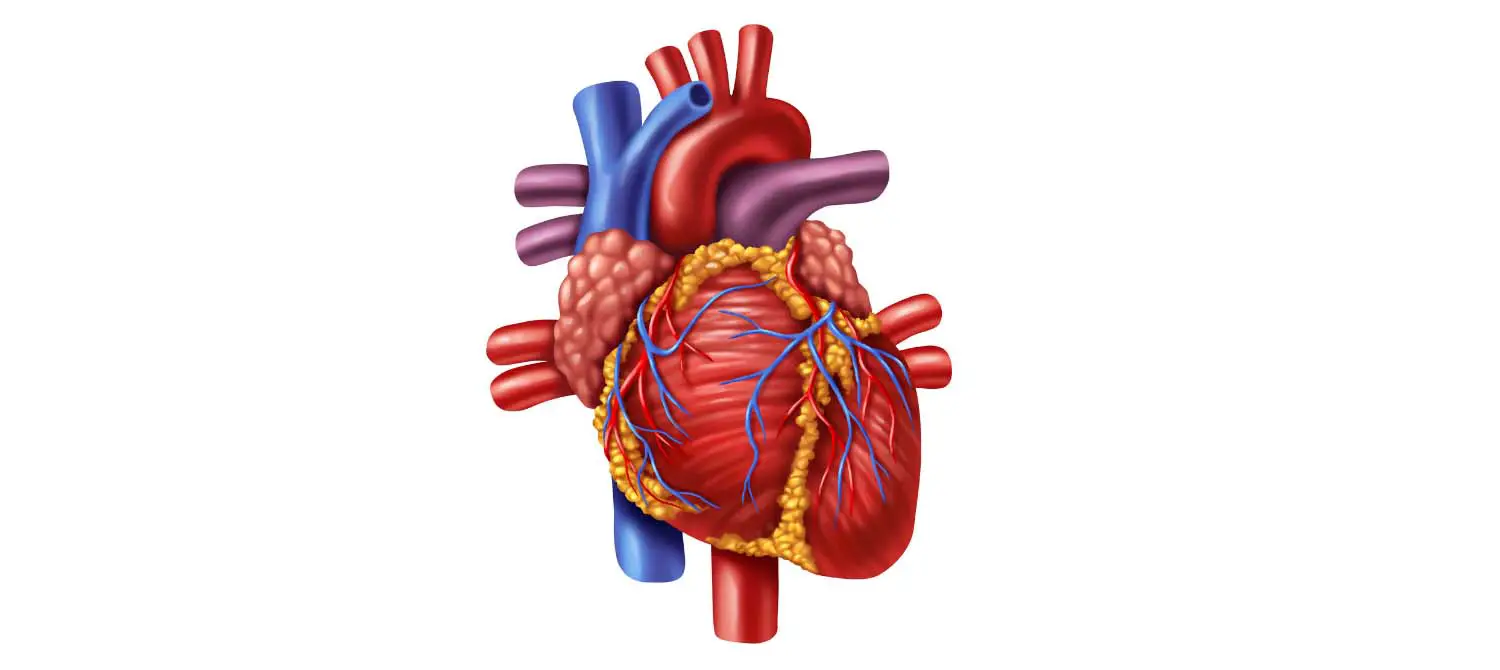
The brachiocephalic artery is a fascinating blood vessel that plays a crucial role in the human circulatory system. Also known as the brachiocephalic trunk or innominate artery, it is one of the major branches of the aorta, originating from the arch of the aorta in the chest. This artery supplies oxygenated blood to important structures in the head, neck, and upper limbs, making it an integral part of our overall health and well-being.
In this article, we will explore 14 captivating facts about the brachiocephalic artery that will deepen our understanding of its anatomy, function, and significance. From its unique origin to the conditions that may affect it, you will discover intriguing details about this vital blood vessel and its role in sustaining our body’s vital functions. So, let’s dive in and unravel the mysteries of the brachiocephalic artery!
Key Takeaways:
- The Brachiocephalic Artery is the largest artery in the human body, supplying oxygenated blood to the right arm, neck, and head, playing a crucial role in maintaining blood pressure and brain function.
- Medical imaging techniques can visualize the Brachiocephalic Artery, and ongoing research aims to improve our understanding of its physiology and potential treatment options.
The Brachiocephalic Artery is the largest artery in the human body.
The Brachiocephalic Artery, also known as the Innominate Artery, is a major blood vessel that supplies oxygenated blood to the right arm, neck, and head. It originates from the aortic arch, making it a crucial component of the human circulatory system.
It branches off into two main arteries.
Once the Brachiocephalic Artery arises from the aortic arch, it divides into two significant branches known as the Right Subclavian Artery and the Right Common Carotid Artery.
It supplies blood to essential structures in the upper body.
The branches of the Brachiocephalic Artery supply blood to vital structures such as the right arm, right side of the head, right side of the neck, and part of the upper chest wall.
The right subclavian artery provides blood to the right arm.
The Right Subclavian Artery is responsible for carrying oxygenated blood to the right arm, providing the necessary nutrients and oxygen for proper functioning.
The right common carotid artery supplies blood to the right side of the head and neck.
The Right Common Carotid Artery delivers oxygenated blood to the right side of the head and neck, ensuring the optimal functioning of the brain, face, and neck muscles.
It plays a crucial role in maintaining blood pressure.
The Brachiocephalic Artery participates in regulating blood pressure, ensuring that blood flows properly throughout the upper body to meet the metabolic demands of various tissues and organs.
It can be affected by cardiovascular diseases.
Like any other artery, the Brachiocephalic Artery is susceptible to atherosclerosis, an inflammation and narrowing of the arterial walls due to the buildup of plaque. This condition can restrict blood flow and potentially lead to serious health issues.
It can be visualized using medical imaging techniques.
Medical professionals can examine the Brachiocephalic Artery using various imaging techniques, such as Doppler ultrasound, computed tomography (CT) angiography, or magnetic resonance angiography (MRA).
It has an important role in the study of human anatomy.
The Brachiocephalic Artery is a significant anatomical landmark and serves as a point of reference in the study of human anatomy. Understanding its branching pattern and relationship to other structures helps in diagnosing and treating certain medical conditions.
Surgical procedures may involve the Brachiocephalic Artery.
In certain medical scenarios, procedures like coronary artery bypass grafting (CABG) or carotid endarterectomy may involve manipulation or repair of the Brachiocephalic Artery, ensuring the restoration of proper blood flow.
It is essential for brain function and cognition.
Oxygenated blood supplied by the Brachiocephalic Artery to the brain is vital for proper brain function, memory, cognitive processes, and overall mental well-being.
The Brachiocephalic Artery is more prone to aneurysms.
Due to its size and location, the Brachiocephalic Artery can develop aneurysms, which are abnormal bulges in the arterial wall. Monitoring and timely intervention are crucial to prevent potential complications.
It helps maintain body temperature.
The Brachiocephalic Artery plays a role in thermoregulation by delivering warm blood to the head, neck, and upper body, ensuring that these areas maintain an adequate temperature.
It is a subject of ongoing research and medical advancements.
The Brachiocephalic Artery continues to be an area of interest for researchers and medical professionals. Ongoing studies aim to improve our understanding of its physiology, pathologies, and potential treatment options.
Conclusion
In conclusion, the brachiocephalic artery is a vital blood vessel that plays a crucial role in supplying oxygen-rich blood to various parts of the head and upper limbs. Understanding its anatomy and functions can help us appreciate the complexities of the human circulatory system and its significance in maintaining our overall health.Knowing that the brachiocephalic artery is the largest branch of the aorta and supplies blood to the right side of the head, neck, and arm helps us understand why any abnormalities or blockages in this artery can lead to serious health conditions. It is fascinating to learn that this artery is also responsible for supplying blood to critical organs, such as the brain and the heart.Exploring the unique features and functions of the brachiocephalic artery deepens our understanding of human anatomy and physiology. It reminds us of the intricacies of the human body and the remarkable ways in which all our organs and systems work together to sustain life.
FAQs
Q: What is the brachiocephalic artery?
A: The brachiocephalic artery is the largest branch of the aorta, arising from the arch of the aorta in the chest. It supplies blood to the right side of the head, neck, and arm.
Q: Why is the brachiocephalic artery important?
A: The brachiocephalic artery is crucial because it supplies blood to essential organs such as the brain, heart, head, and upper limbs. Any blockages or abnormalities in this artery can lead to serious health conditions.
Q: How does the brachiocephalic artery contribute to blood circulation?
A: The brachiocephalic artery receives oxygenated blood from the heart and distributes it to the right side of the head, neck, and arm. It is a vital component of systemic circulation, playing a crucial role in delivering oxygen and nutrients to various tissues and organs.
Q: Are there any common health conditions related to the brachiocephalic artery?
A: Yes, certain conditions such as atherosclerosis, aneurysms, and arterial dissections can affect the brachiocephalic artery. These conditions can lead to reduced blood flow, potential blockages, and increased risk of stroke or other cardiovascular complications.
Q: Can the brachiocephalic artery be treated if there are any issues?
A: Yes, treatment options for conditions affecting the brachiocephalic artery may include medications to manage risk factors, surgical interventions such as angioplasty or bypass grafting, or other minimally invasive procedures to address any blockages or abnormalities.
Exploring the brachiocephalic artery's fascinating facts is just the beginning of your journey into understanding human anatomy and physiology. Delve deeper into how cardiac glycosides influence heart function, or discover the intricate workings of the vascular system through captivating facts about the cerebrovascular system. Don't miss out on astounding facts about jump rope and its impact on cardiovascular health – you'll be amazed at what you learn!
Was this page helpful?
Our commitment to delivering trustworthy and engaging content is at the heart of what we do. Each fact on our site is contributed by real users like you, bringing a wealth of diverse insights and information. To ensure the highest standards of accuracy and reliability, our dedicated editors meticulously review each submission. This process guarantees that the facts we share are not only fascinating but also credible. Trust in our commitment to quality and authenticity as you explore and learn with us.


